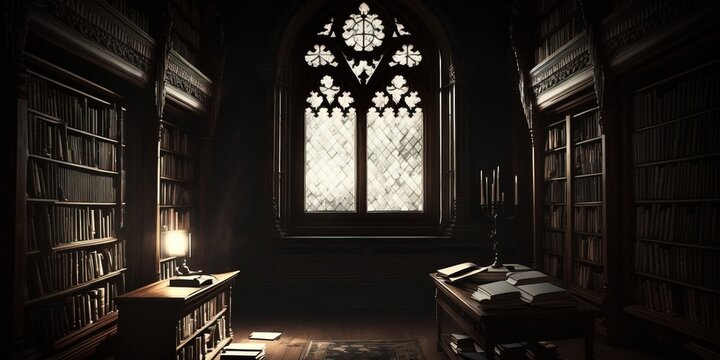
FAQ About Gothic Literature
Gothic Literature
2 years ago | gizem
What is the connection between Gothic Literature and the Victorian era?
The connection between Gothic Literature and the Victorian era is significant, as the Victorian period (approximately 1837 to 1901, during the reign of Queen Victoria in England) witnessed the continuation and transformation of Gothic themes, motifs, and styles. This connection can be understood through several key aspects:
- Continuation of Gothic Tradition: The Victorian era saw the continuation of the Gothic literary tradition that had gained popularity in the late 18th century. Authors like Edgar Allan Poe and Nathaniel Hawthorne in the United States and writers such as Sheridan Le Fanu and Charles Dickens in England carried forward the Gothic legacy, often infusing it with Victorian sensibilities.
- Social and Cultural Context: The Victorian era was characterized by significant social, cultural, and technological changes, including the Industrial Revolution, urbanization, and debates about morality and class. These transformations provided a rich backdrop for Gothic themes, such as the anxieties of modernity and the consequences of scientific advancement.
- Exploration of Morality and Repression: Many Victorian Gothic novels and stories delved into themes of morality, repression, and societal norms. Authors like Charlotte Brontë in "Jane Eyre" and Oscar Wilde in "The Picture of Dorian Gray" explored the tensions between societal expectations and individual desires.
- Gender Roles and Femininity: The Victorian era was marked by strict gender roles and expectations. Gothic Literature in this period often depicted female protagonists who challenged or subverted traditional gender norms, as seen in works like "Jane Eyre" and "Rebecca" by Daphne du Maurier.
- Gothic Architecture and Atmosphere: Victorian architecture, with its grandiose buildings and ornate designs, provided a fitting backdrop for Gothic narratives. The Victorian fascination with the past also contributed to an interest in Gothic architecture, which was often incorporated into the settings of novels.
- Spiritual and Supernatural Elements: Spiritualism and an interest in the supernatural were prevalent in the Victorian era. This interest manifested in Gothic tales with themes of ghosts, hauntings, and psychic phenomena. Arthur Conan Doyle's "Sherlock Holmes" stories occasionally delved into the supernatural, and Henry James' "The Turn of the Screw" explored themes of possession and apparitions.
- Social Commentary: Victorian Gothic literature often served as a vehicle for social commentary. Charles Dickens, for example, used the Gothic elements in novels like "Bleak House" to critique the legal and social injustices of his time.
- Technological Horrors: As technology advanced during the Victorian era, authors began to incorporate fears of the unknown and uncontrollable aspects of science and machinery into Gothic tales. H.G. Wells' "The War of the Worlds" and Robert Louis Stevenson's "The Strange Case of Dr. Jekyll and Mr. Hyde" are examples of this subgenre of Victorian Gothic.
